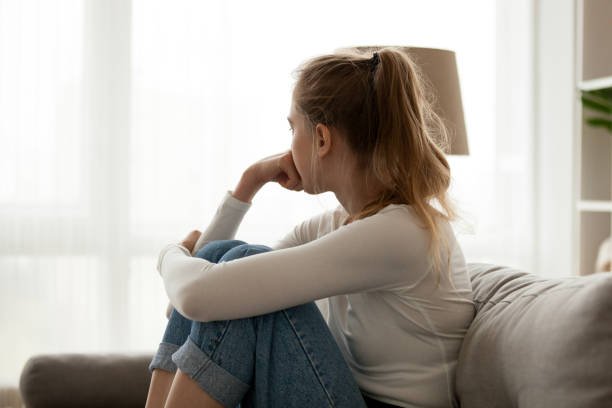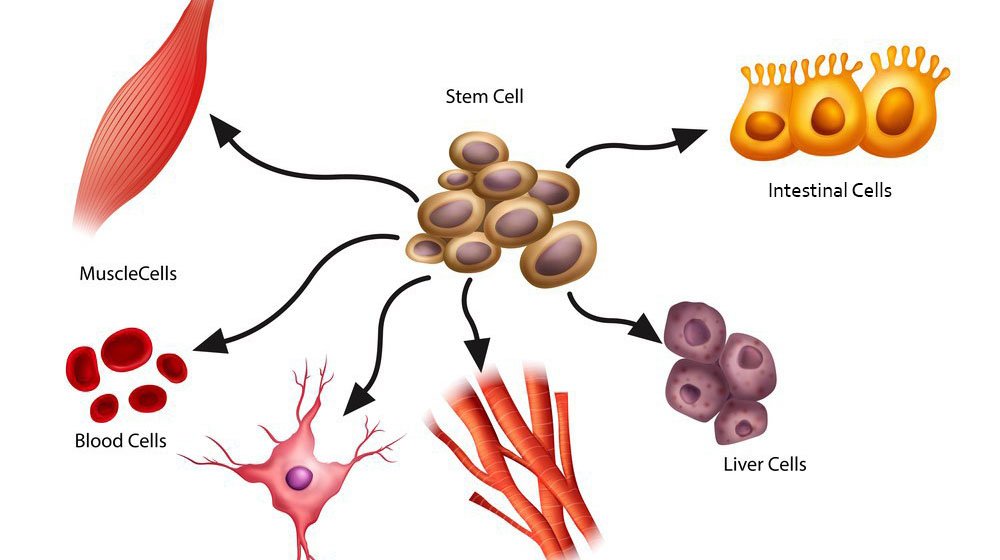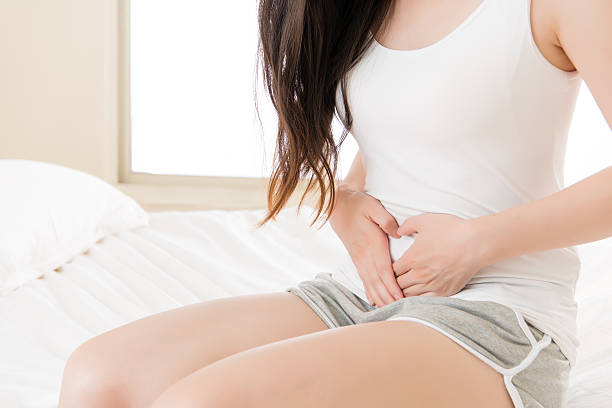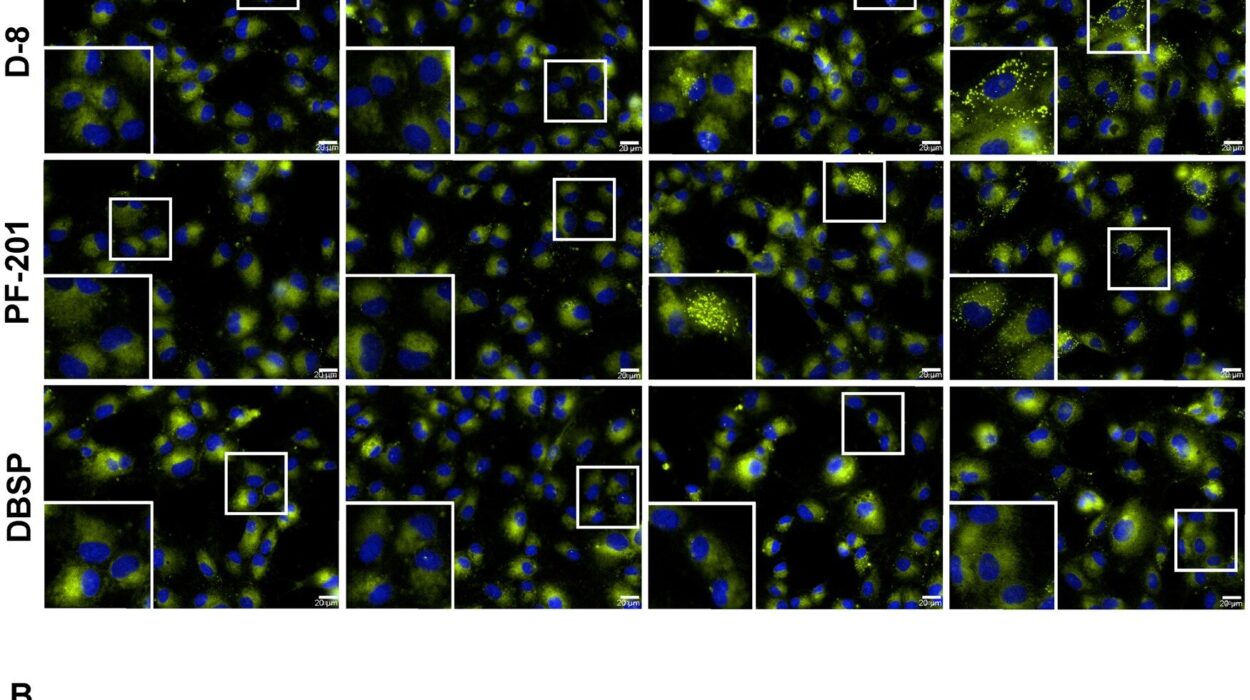Emotions are among the most powerful forces in human life. They can drive us to create timeless art, make life-altering decisions, connect deeply with others, or plunge into the depths of despair. Love, fear, joy, anger, jealousy, gratitude — these are not just poetic musings of the soul. They are also physical, biological events orchestrated by a complex interplay of brain chemistry, neural circuitry, hormones, and evolutionary hardwiring.
But how do these invisible waves of feeling originate? What causes a racing heartbeat when we’re anxious, or that warm fuzziness when we see a puppy? Can emotions be dissected and mapped by medical science, or are they forever elusive, mysterious experiences? In this deep dive into the medical science behind human emotions, we’ll explore how our bodies and brains give rise to emotions, how those emotions shape our health, and how we can better understand the wiring that makes us laugh, cry, rage, and rejoice.
Emotions Are Not Just in the Mind — They Are in the Body
When you feel fear, it’s not just a thought in your head — it’s a whole-body event. Your heart pounds, your muscles tense, your pupils dilate, and your digestive system shuts down momentarily. That’s not a coincidence. Emotions are deeply embodied experiences, meaning they arise in the mind but manifest throughout the body.
This idea forms the core of what scientists call the “biopsychosocial model” of emotion. It suggests that feelings are not abstract or ephemeral; they are intimately tied to biological processes (like hormones and neural signals), psychological interpretations (how we perceive events), and social contexts (our relationships and environment).
The Brain’s Emotional Command Center: Meet the Limbic System
Deep inside the brain lies a complex structure called the limbic system — the emotional brain. This area includes several key players: the amygdala, hippocampus, hypothalamus, and parts of the prefrontal cortex. Each one has a unique role in shaping your emotional life.
The amygdala is the star of the show when it comes to emotion, especially fear and aggression. It acts like an internal alarm system, scanning your environment for threats and triggering rapid responses. Hear a sudden bang? That jolt you feel — that’s your amygdala sounding the alarm, even before your conscious mind understands what’s happening.
The hippocampus, located right next to the amygdala, handles memory formation. Emotions are deeply tied to memory, which is why you might vividly recall where you were on a special day or feel your stomach turn when you think about an embarrassing moment from high school.
The hypothalamus links the nervous system to the endocrine system (which produces hormones), and plays a huge role in regulating emotional responses like hunger, arousal, or stress. When you experience strong emotions, the hypothalamus helps coordinate your body’s physical response — including the release of cortisol or adrenaline.
Meanwhile, the prefrontal cortex — the rational brain — helps interpret emotional information and make decisions. When you pause before sending a snarky email or choose to forgive someone despite being hurt, that’s your prefrontal cortex overriding emotional impulses from your limbic system.
Neurotransmitters: The Molecules of Mood
Neurons in your brain communicate using tiny chemical messengers called neurotransmitters. These play a crucial role in creating and regulating emotions. Think of them as the language of the emotional brain.
Serotonin is often dubbed the “feel-good” neurotransmitter. It’s associated with mood stability, happiness, and well-being. Low levels of serotonin are linked to depression, anxiety, and irritability. Antidepressants like SSRIs (Selective Serotonin Reuptake Inhibitors) work by increasing serotonin availability in the brain.
Dopamine is the “reward” neurotransmitter. It’s what gives you a surge of pleasure when you eat chocolate, fall in love, or accomplish a goal. It plays a central role in motivation, desire, and addiction. When dopamine levels spike, you feel euphoric; when they drop, you feel bored or unmotivated.
Norepinephrine, also called noradrenaline, is the “action” neurotransmitter. It gears your body up for fight or flight by increasing alertness, focusing attention, and boosting energy. It works closely with adrenaline (epinephrine), especially during stress responses.
GABA (gamma-aminobutyric acid) is the brain’s natural calming agent. It slows down neural activity, helping you relax and reduce anxiety. Medications like benzodiazepines enhance GABA’s effects to treat conditions like panic disorders and insomnia.
Oxytocin, sometimes called the “love hormone,” is more than just a warm-and-fuzzy chemical. It strengthens social bonds, facilitates trust, and plays a vital role during childbirth, breastfeeding, and sexual activity. Its effects are so powerful that even a brief hug can increase oxytocin levels.
Hormones and the Emotional Symphony
While neurotransmitters operate in the brain’s synapses, hormones travel through the bloodstream and can influence emotions on a broader scale. The endocrine system, a network of glands, regulates hormone release, often in concert with the brain.
Cortisol is the body’s main stress hormone. When you’re in danger — or just facing a tight deadline — cortisol floods your system to heighten alertness and suppress non-essential functions. Short-term, it’s helpful. Long-term cortisol elevation, however, can wreak havoc on mood, memory, immune function, and sleep.
Adrenaline is the instant-action hormone released by the adrenal glands. It increases heart rate, opens airways, and mobilizes energy. It’s the reason you might feel jittery or breathless during extreme emotions like fear or excitement.
Testosterone and estrogen, commonly known for their roles in reproduction, also affect mood and emotional regulation. Testosterone is linked to aggression and dominance behaviors, while estrogen influences mood stability and is tied to emotional sensitivity. Fluctuations in these hormones — such as during puberty, menstruation, pregnancy, or menopause — can significantly alter emotional states.
The Science of Love: Brain Chemistry and the Heart
Love might feel poetic, but it’s a biochemically orchestrated affair. When you fall in love, your brain undergoes dramatic changes. Dopamine levels surge, giving you that euphoric high. Serotonin drops, which might explain the obsessive thoughts about your new crush. Oxytocin and vasopressin strengthen emotional bonds, increasing feelings of closeness and attachment.
Functional MRI (fMRI) scans of people in love show increased activity in the brain’s reward system, including the caudate nucleus and the ventral tegmental area. These regions light up similarly in people addicted to drugs, suggesting that love — quite literally — is addictive.
But love isn’t just about romance. Parental love, friendship, and platonic bonds also engage similar neurochemical circuits. Oxytocin, in particular, plays a starring role in forming trust and empathy, whether with a lover, a child, or even a beloved pet.
The Biology of Fear: Evolution’s Survival Tool
Fear is one of the oldest and most primal emotions. Evolution hardwired it into our brains to protect us from threats. Long before humans had language, fear helped us survive predators, heights, and dangerous situations.
When you perceive danger, your amygdala springs into action, signaling the hypothalamus to activate the sympathetic nervous system. This leads to a rapid release of adrenaline and cortisol — the “fight or flight” response. Your heart beats faster, your pupils dilate, your muscles prepare to act, and your senses sharpen.
But in modern life, our fear circuits often overreact to non-lethal threats — public speaking, job interviews, social judgment. This mismatch between ancient wiring and modern stressors can lead to chronic anxiety and panic disorders.
Medical science now uses this understanding to develop treatments like exposure therapy, which helps desensitize the amygdala to irrational fears, and cognitive-behavioral therapy (CBT), which rewires thought patterns associated with emotional overreactions.
Depression, Anxiety, and the Emotional Brain Out of Sync
When emotional regulation goes awry, it can lead to mental health conditions like depression and anxiety disorders. These aren’t just “mood swings” — they’re biological and medical conditions involving measurable changes in brain function and chemistry.
In depression, levels of neurotransmitters like serotonin, dopamine, and norepinephrine are often imbalanced. Brain imaging studies show reduced activity in the prefrontal cortex and hippocampus — areas responsible for decision-making and memory. The amygdala may become hyperactive, intensifying negative emotions.
Anxiety disorders involve an overactive amygdala and a hypersensitive fear response. Even in the absence of actual danger, the brain behaves as if threats are imminent. The body stays in a heightened state of alert, leading to muscle tension, insomnia, digestive problems, and difficulty concentrating.
These conditions can be treated with medication, therapy, or a combination of both. SSRIs, SNRIs, benzodiazepines, and cognitive therapy work by modulating brain chemistry and helping patients reframe emotional responses.
Emotional Intelligence: A Biological Skill
Emotions aren’t just something we experience — they’re something we can understand, interpret, and regulate. This ability is called emotional intelligence (EQ), and it involves several key capacities: recognizing emotions in yourself and others, managing emotions effectively, and using emotions to guide decisions.
Studies show that individuals with high EQ have better social relationships, greater job satisfaction, and even better physical health. From a neurological standpoint, EQ is linked to strong connections between the prefrontal cortex and the limbic system. The better these areas communicate, the more capable you are of regulating emotional impulses.
Neuroplasticity — the brain’s ability to change — means that emotional intelligence isn’t fixed. Mindfulness, meditation, and cognitive training can strengthen emotional regulation by rewiring neural circuits and enhancing self-awareness.
The Gut-Brain Axis: Emotions Start in the Stomach?
You’ve probably felt “butterflies” in your stomach before a big speech or lost your appetite during heartbreak. That’s not imagination — it’s biology. Your gut and brain are in constant communication through what scientists call the gut-brain axis.
The vagus nerve is a key highway in this connection, sending signals from the digestive tract to the brain and vice versa. About 90% of serotonin is actually produced in the gut, not the brain, and gut microbiota — the trillions of bacteria living in your intestines — can influence emotional states.
Research now links imbalances in gut bacteria to depression, anxiety, and even neurodevelopmental conditions like autism. Probiotics, prebiotics, and a balanced diet may improve not just digestion but mood, offering a new frontier in the treatment of emotional disorders.
Emotions and Physical Health: The Hidden Links
Emotions don’t just shape how you feel — they shape how you heal. Chronic negative emotions like anger, loneliness, and grief can weaken the immune system, increase inflammation, and raise the risk of diseases like heart disease, diabetes, and cancer.
Conversely, positive emotions like joy, hope, and gratitude promote resilience, enhance immune function, and speed up recovery from illness. The field of psychoneuroimmunology studies how emotional states interact with the nervous and immune systems, revealing how powerful the mind-body connection truly is.
Stress management, laughter therapy, social support, and emotional expression are not just “feel-good” strategies — they’re medically beneficial. Hospitals now integrate music therapy, pet therapy, and mindfulness into patient care, reflecting a growing recognition that emotions are integral to healing.
The Future of Emotional Science: AI, Brain Scans, and Emotional Medicine
We are entering a golden age of emotional science. With tools like fMRI, PET scans, EEG, and genetic testing, researchers are mapping emotions in real-time and identifying biomarkers for emotional disorders. Artificial intelligence and machine learning are now used to predict emotional states based on facial expressions, voice patterns, and even typing behavior.
Neurofeedback, transcranial magnetic stimulation (TMS), and deep brain stimulation (DBS) are offering new treatments for emotional disorders by directly altering brain activity. Meanwhile, advances in genomics and personalized medicine may one day allow us to tailor emotional therapies to individual genetic profiles.
At the same time, wearable devices and apps now track emotional health in real time — measuring heart rate variability, sleep patterns, and even emotional tone in voice — providing users with biofeedback to regulate their moods.
Conclusion: The Medicine of Being Human
Emotions are not irrational whims or inconvenient interruptions. They are the heartbeat of human experience, rooted in the biology of neurons and hormones, sculpted by evolution, and shaped by culture and consciousness.
Understanding the medical science behind emotions doesn’t diminish their mystery — it deepens it. It reveals how our most intimate feelings are woven from the same molecules that make up stars and seashells. It shows us that to feel is to be exquisitely alive, intimately wired to our bodies, our brains, and each other.
As medical science continues to unravel the complexities of emotion, one thing remains clear: emotions are not just symptoms to be managed. They are signals to be understood, pathways to healing, and perhaps, the truest measure of what it means to be human.






